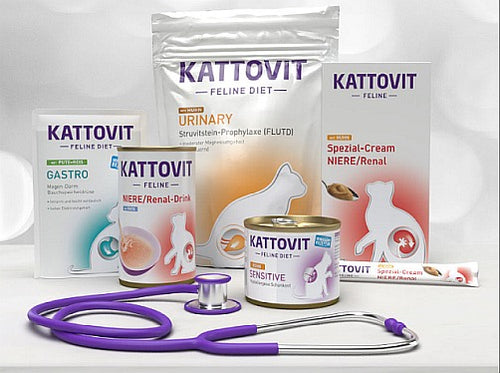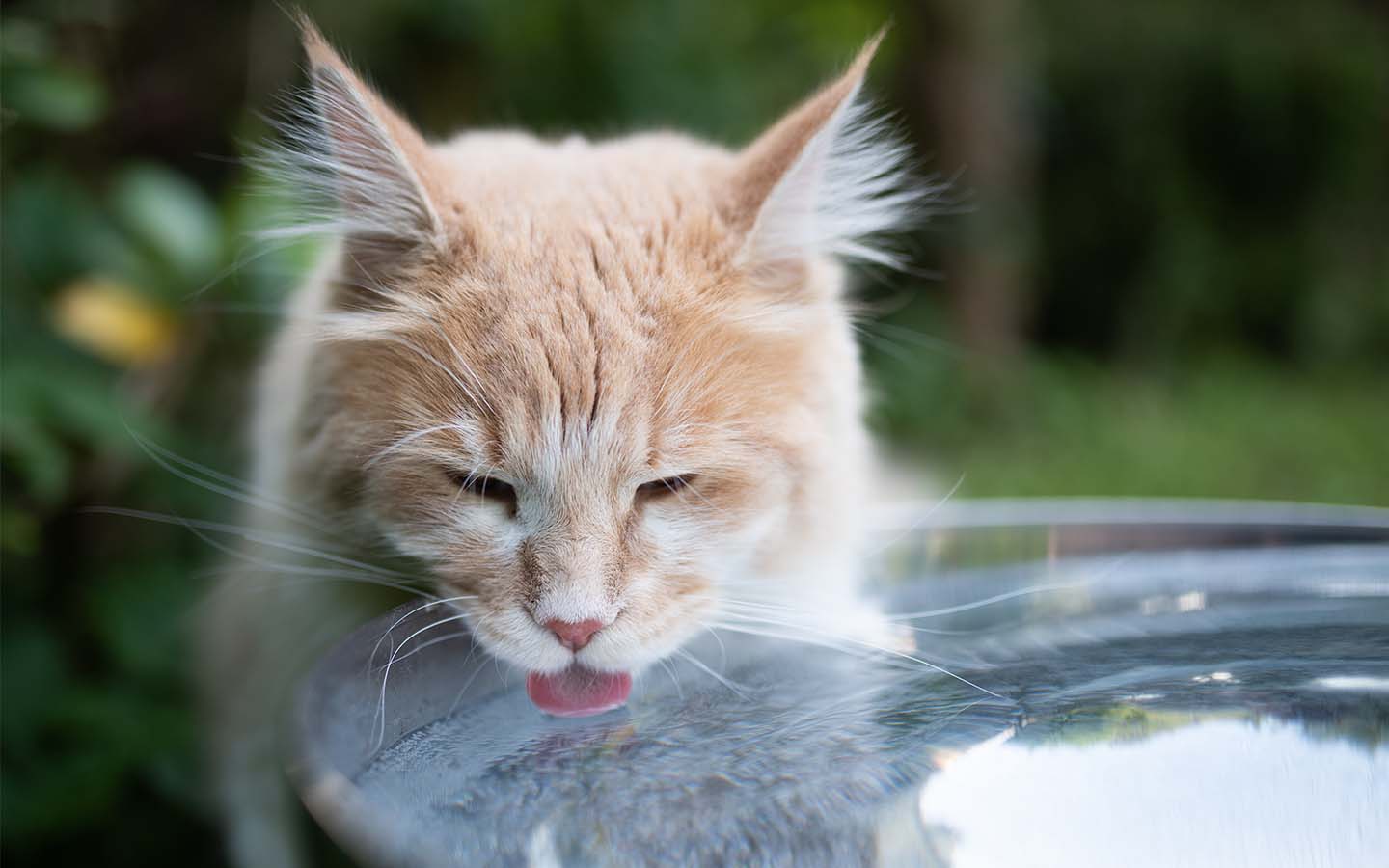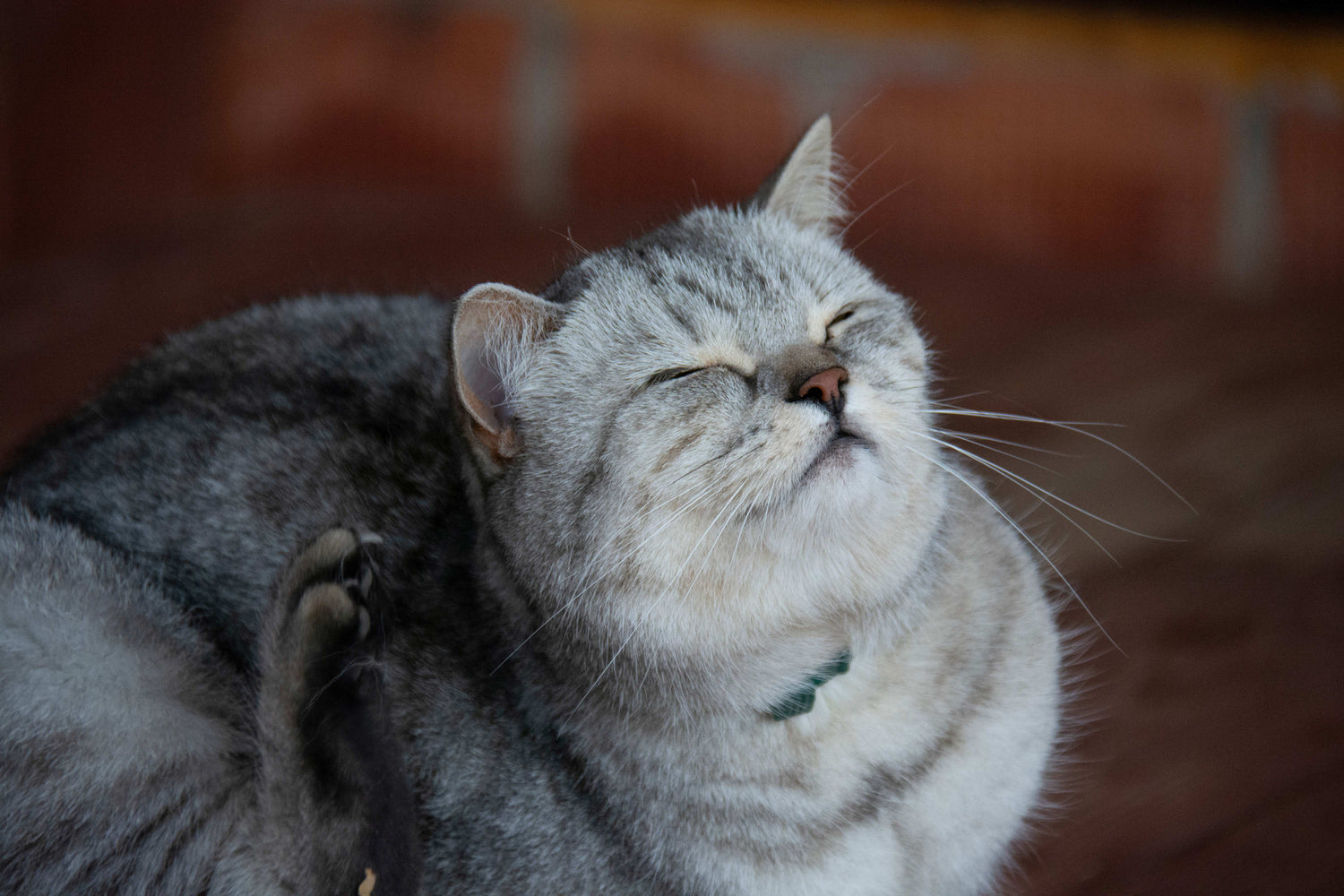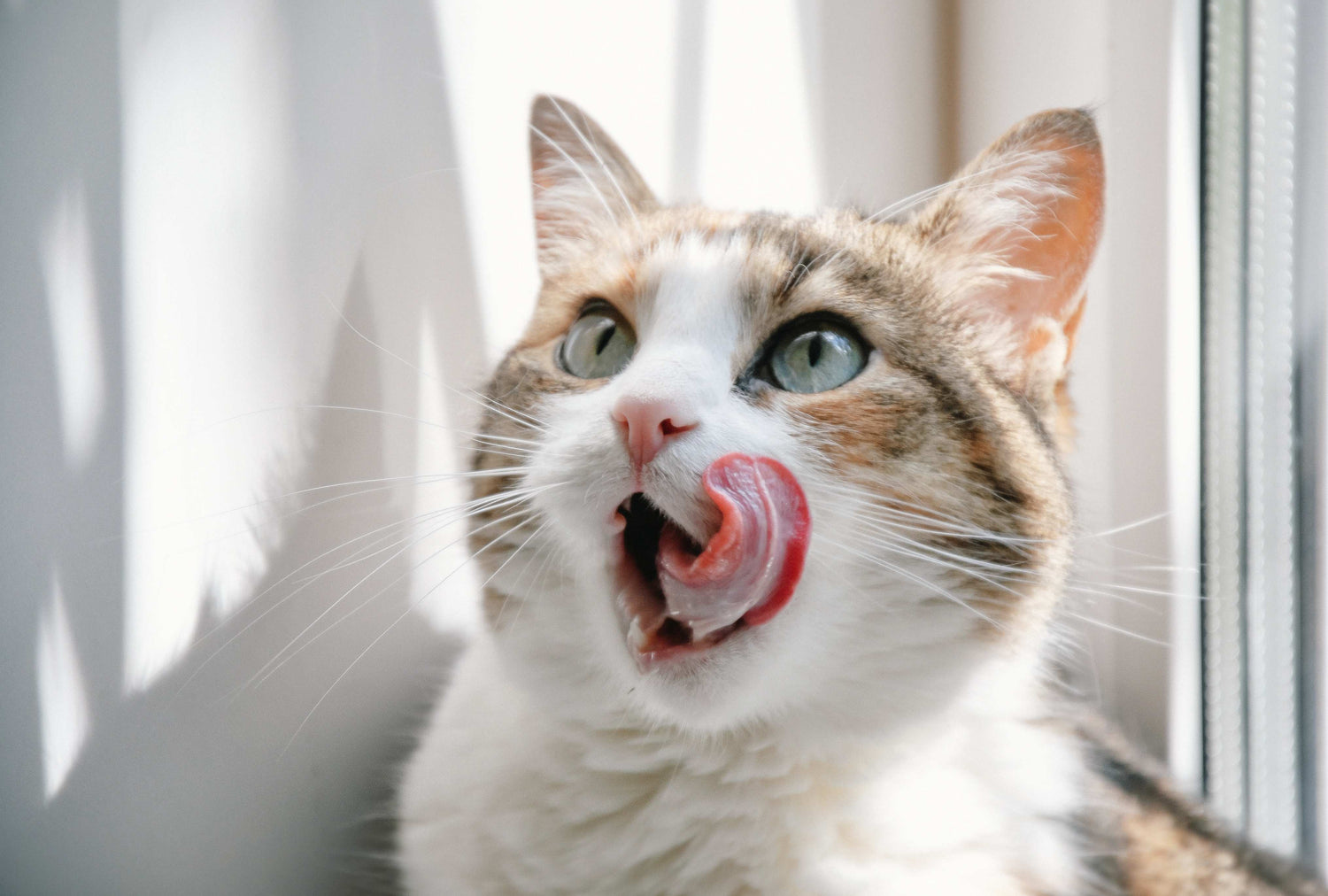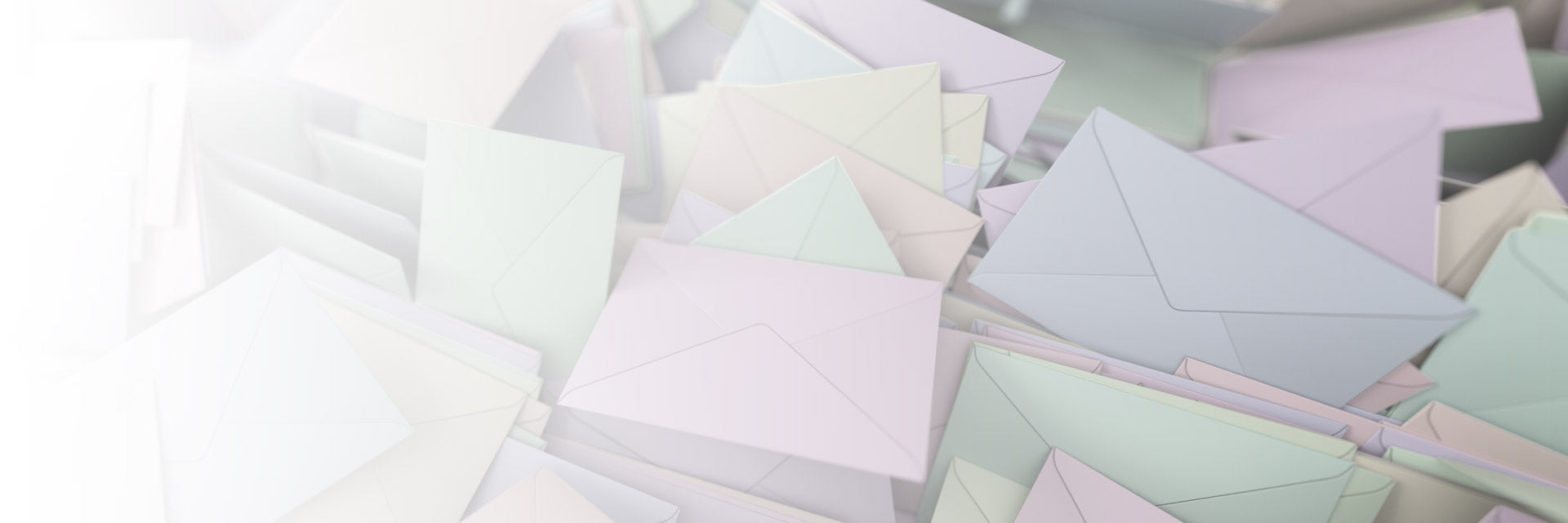Cat drinks a lot: What are the causes behind it?
It is often observed that cats do not feel very thirsty and drink very little. In fact, cats only need very little water. You should therefore pay attention if your cat drinks a lot. There are many reasons for this. It is important that you observe your cat closely to find out what is behind the increased need for water. Read below how much liquid cats need every day, how you can tell if your house cat is drinking too much, and what the underlying causes may be.
How much fluid do cats need?
On average, 50 to 60 ml of fluid per kilogram of body weight is recommended for a cat per day. For a cat weighing 5 kg, this corresponds to 250 to 300 ml per day. Since the animals' urine is highly concentrated, meaning that only a small amount of fluid is lost when urinating, they do not need much water.
In addition, cats do not drink as often as they get most of their water from wet food. This is because wet food contains 70% liquid, while dry food only contains 10%. Even in the wild, cats get liquid from eating prey. Outdoor cats also usually drink water outside from puddles, pot holders or other sources.
However, make sure that your pet always has enough liquid available. This can be in the form of a water bowl or a water fountain. Milk, on the other hand, should only be given as a treat and not as a general source of liquid. In this case, you should also use special cat milk, as this is better tolerated.
[Urinary+Niere]
How to tell if your cat is drinking too much
If healthy cats usually get by with little water, external factors can cause fluctuations in drinking behavior. The need for fluids can change, for example, due to increased activity or higher outside temperatures. But hormonal fluctuations or illnesses also contribute to greater thirst. The same applies when eating a lot of dry food. So how do you know if your cat is drinking too much?
If you feel that your cat is going to the bowl more often than before, this could be a first sign that the animal is feeling more thirsty. To determine whether the cat is drinking too much, check the amount it drinks. To do this, measure out around 500 ml of water in the morning. Measure again what is left in the bowl at the end of the day. The difference corresponds to the amount of water the cat has drunk during the day. It is important for the measurement that the animal has no other sources of liquid from which it could drink.
You will also find information on the amount of liquid in the food on the food packaging. If there is a high percentage of liquid and the cat is also drinking more water, it is most likely drinking an unusually large amount. If you have noticed an increased need for liquid, it is important to get to the bottom of the cause. First, pay attention to any accompanying symptoms to the increased thirst.
Accompanying symptoms of increased fluid requirements
If temperatures rise in the summer or if your cat is pregnant, you don't need to worry if your pet drinks a lot. Just like us humans, cats feel more thirsty in hot weather. The same applies to dry air. Heating air, for example, causes a dry mouth and usually results in more trips to the bowl. Pregnant and nursing cats, on the other hand, have to provide more than just themselves with fluids. If your cat drinks a lot during this time, it's not surprising.
However, if accompanying symptoms occur, you should take a closer look. If you notice that your outdoor cat suddenly no longer wants to go outside, it may not be well. If your cat seems generally lethargic, hardly moves and is sluggish, this, combined with increased thirst, could be an indication of a more serious cause. The same applies if the animal sleeps a lot and withdraws.
In general, behavioral abnormalities should always be closely observed. Your cat is actually very playful, but is no longer interested in its favorite toy? Is the otherwise tame animal noticeably aggressive? Such changes can be signs of pain.
Symptoms such as vomiting , diarrhea , shaggy or dull fur, which occur in addition to a change in drinking behavior, are also signs that something is wrong with the cat. This is especially true for so-called polyuria. This is when the animal excretes more urine than usual. If you notice any conspicuous accompanying symptoms in addition to the increased need for fluids, make a note of them and see a veterinarian as soon as possible for clarification.

These causes may be behind increased drinking in cats
As already mentioned, the more harmless causes of increased thirst include giving a lot of dry food, high temperatures or hormonal fluctuations. A very active cat also tends to drink a lot. Although the animals do not sweat like we humans do, they still have sweat glands on their toes, soles and lips through which fluid is secreted. So always make sure that there is enough fresh water available.
When it comes to food, pay attention not only to the amount of liquid, but also to ingredients such as sugar or salt. These remove water from the body. Snacks in particular often contain these ingredients. In these cases, choose other food with lower amounts of sugar or salt. If you notice that the animal is also being fed in the neighborhood, you should also inform your neighbors about this.
While many causes are easy to remedy, sometimes illnesses can be behind the increased need for fluids. These include infectious diseases that are accompanied by fever or urinary tract infections, but also metabolic diseases. If your cat is getting thinner and drinking a lot, diabetes mellitus could be the cause. With this disorder of the sugar metabolism, the animal usually appears very tired and has an increased appetite, as the glucose and thus the energy does not reach the cells.
An overactive thyroid can also be responsible for your cat drinking a lot. The metabolism is increased enormously by an excess of thyroid hormones. In addition to great thirst, this also leads to cravings, aggression and restlessness.
If there is kidney failure , the cat's urine production is impaired. If your cat drinks and urinates a lot and appears weak, this could indicate kidney disease. If kidney failure is suspected, you should consult a vet immediately. The symptoms of this disease only appear when two thirds of the kidney tissue is already damaged. If you react quickly when the symptoms begin, a special kidney diet can make your cat's life easier and, above all, prolong its survival time.
If your pet is suffering from a disease known to you and is being treated with medication, this could also cause increased thirst. If a greater need for fluids occurs at the same time as the administration of new medication, discuss this side effect with a doctor.
In addition to illness, poisoning can also be the reason why your cat drinks a lot. This is usually accompanied by disorientation, drooling, vomiting and diarrhea. If you suspect that your cat has been poisoned, see a vet immediately. In many cases, they can remove the toxins from the body.
Ultimately, there can be both physical and psychological reasons for your cat's increased thirst. A lot of stress, such as a move or another pet, causes changes in the body. This can also lead to an increased need for fluid. If this condition persists for a long time and the animal's behavior changes in other ways, discuss the next steps with your vet.
Your cat drinks too little
While you don't always need to go to the vet immediately if your cat drinks a little more than usual for two days, if the cat is not drinking enough fluids, you should not wait longer than 12 to 24 hours. If the animal is dehydrated, this can lead to subsequent damage.
If you have confirmed with the doctor that there are no organic or infectious diseases and your cat is just a bit "lazy to drink", you can try to encourage it to drink by giving it different food or new water sources. Many cats like to drink running water, so try a drinking fountain. Cat drinks can also help and encourage drinking, such as the Kattovit Drink Urinary. This contains meat juice with tasty chicken pieces, which gives the animal a new incentive to drink. The Vitaldrink NIERE/Renal also motivates you to drink more fluids and tastes good too. Increasing fluid intake supports your pet's kidney function.


